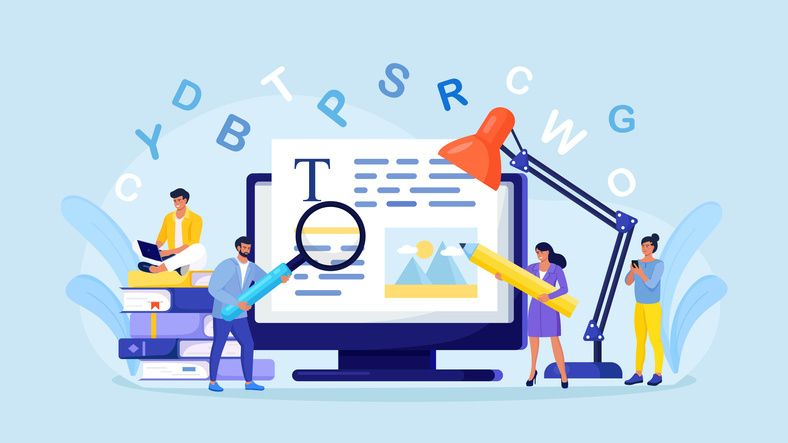Filter bubbles placed by information sites and social networks have made the echo chambers more airtight and have intensified the conflict between groups with different ideological positions. In previous articles, we talked about skills that should be taught in the common core of universities. On the list, fact-checking and critical thinking bring up an essential competency that should be included in most basic levels of education and extend to graduate school: lateral reading.
What does this term mean? Lateral reading is an active exercise in which the student reads content and evaluates its quality and veracity while reading it. The term was coined by a team of researchers from the Stanford History Education Group. The concept is very similar to lateral thinking, where the individual learns to reason to perform analyses and solve problems in new and creative ways. The intention of lateral reading is precisely to analyze the reading content, which enables the student to ask pertinent questions about the nature and context of each passage. The content is first perceived as a perspective; after verification, it can be accepted as useful and truthful. In lateral reading, the process through which the student forms an idea is not dictated by those producing and placing the content but by the student reading it. This skill’s value in a virtual environment designed for critical thinking to neutralize bias is incalculable. How to start exercising it?
The ABCs of lateral reading
Lateral reading starts from the premise that reading well does not only mean reading deep into the content but also reading wide around it. This means stopping reading momentarily to ask questions about the content. The NGO (non-governmental organization) News Literacy Project offers interesting questions when evaluating reading material: Who funds or sponsors the site where the original piece was published? What do other authoritative sources have to say about that site? When you search on the original piece’s topic, are the initial results from fact-checking organizations?
Have questions been raised about other articles the author has written? Does what you’re finding elsewhere contradict the original piece? Are credible news outlets reporting on (or perhaps more importantly, not reporting on) what you’re reading?
Awareness of our cognitive biases is an integral part of effective lateral reading. It is necessary to check the materials we read, ourselves, and how we interpret the content. We will not always be able to control whether or not we are in a content bubble. However, with these measures, we can maintain our common sense, critical thinking, and openness to dialogue no matter what information algorithm tries to influence us.
Have you heard of lateral reading before? Do you think it is an essential tool for students in the digital age? Have you taken or taught courses that train this skill? What has been your experience? Let us know in the comments.
Translation by Daniel Wetta
This article from Observatory of the Institute for the Future of Education may be shared under the terms of the license CC BY-NC-SA 4.0 
)
)


)